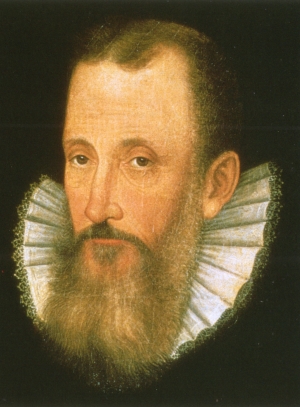Manor of Hope
Norman Invasion
At the time of the Domesday Book, the Manor of Hope was held by two saxons called Forne and Wulfheah (sometimes referred to as Ferne and Ulfeg). It is likely, therefore, that the village of Longhope would have existed at this time albiet rather smaller than it is today. Domesday also records that the Manor had five taxable hides (about 600 acres) and a total of 14 ploughs used to work the land, two being held by the Lords and 12 in private hands [1]. The total value of this land was, before 1066, £8 and at the time of Domesday was 100s [1]. The population at the time comprised 12 villagers, a smallholder and three slaves. There is also mention of one mill in the Manor with a value of 17d [1].
Soon after the Norman invasion, the manor was given to William fitz Baderon, Lord of Monmouth, who was one of William the Conqueror's followers. Fitz Baderon also had land in Gloucestershire and Herefordshire. The Manor continued in the family until John, Lord of Monmouth died leaving no male heir. He gave the Manor to Prince Edward, eldest son of Henry III, in 1256 who soon after granted to Gilbert Talbot [2].
The Talbots

The Probyn Era

There are many surviving indentures of Lease dating from as early 1737 all bearing seals and signatures of the parties involved. Seals were made by pouring a small amount of liquid wax directly onto the lease and then pressing a stamp into it to before the wax set. An indenture from 1794 bears the seal of Edmund Probyn (pictured on the left) although it has been damaged by water.
References
- Rudge, T., "The History of the County of Gloucestershire brough down to the year 1803", Volume2, printed for the auhtor by, G. F. Harris, Herald Newspaper Office, 1803.